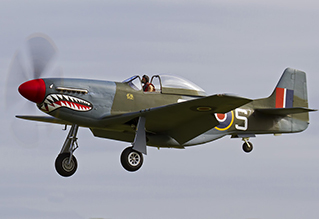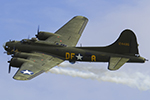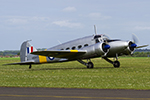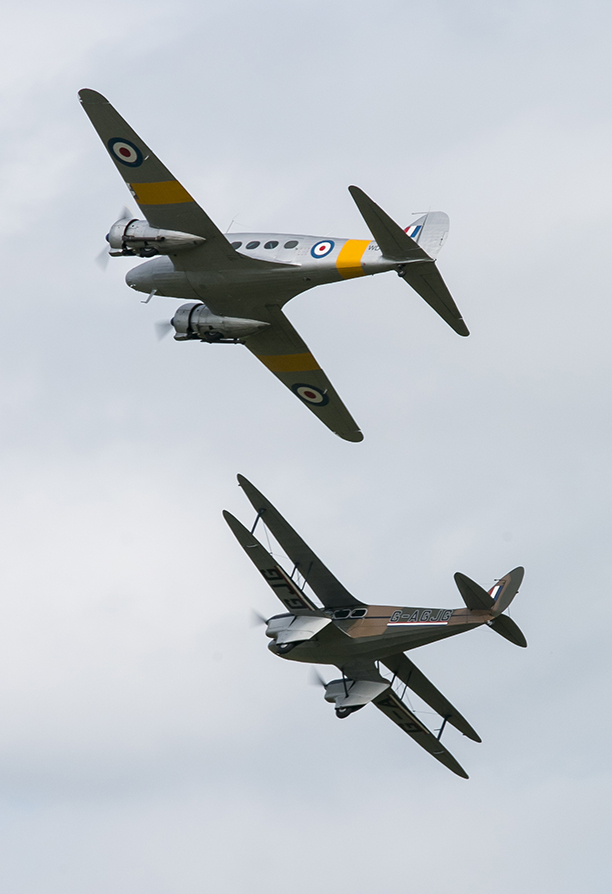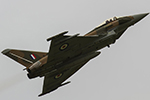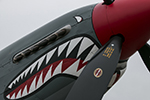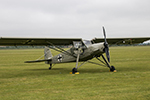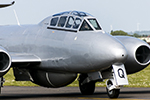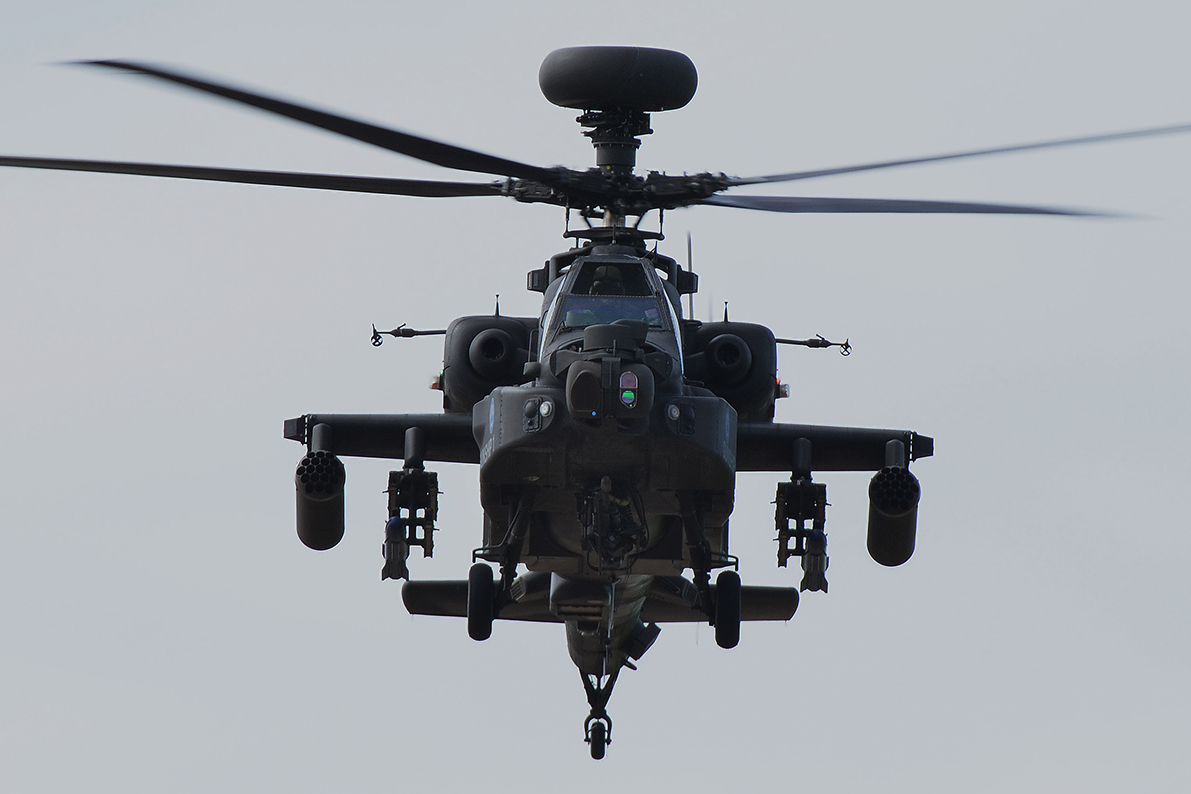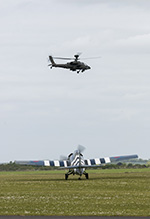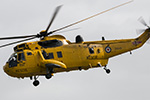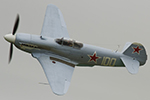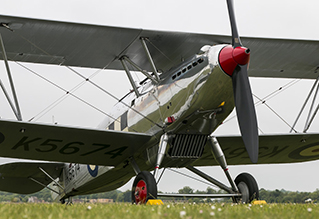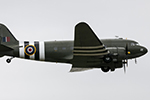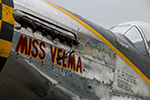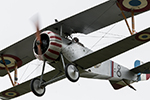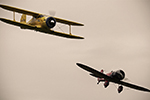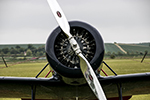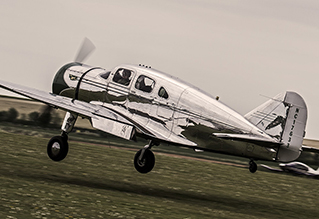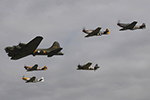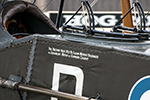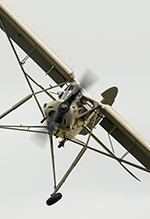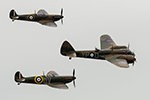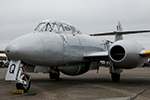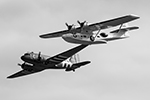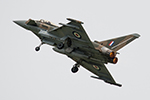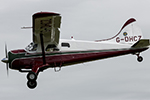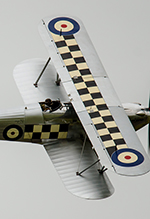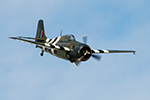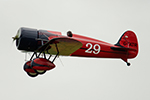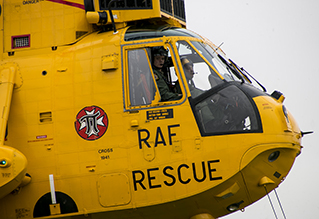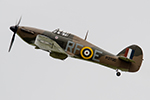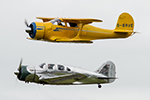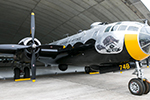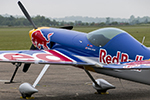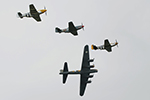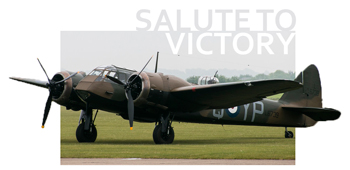
IWM Duxford VE Day Anniversary Air Show Report
Saturday 23rd/Sunday 24th May 2015
70 years ago saw the end of the Second World War and much celebration across the globe as nations began to rebuild. IWM Duxford chose to mark the end of hostilities in Europe by celebrating the anniversary of VE Day at its Spring Air Show. The weather held out to see a full weekend of flying at the historic airfield.
reports on the Imperial War Museum's celebrations. Photography by the UK Airshow Review team as credited.
To mark the 70th anniversary of Victory in Europe Day, IWM Duxford chose to tell the story of the build up to, as well as the events during, the Second World War. This saw a formation of First World War fighters including the Shuttleworth Collection's genuine Bristol F2B showcasing the forerunners of the types to be displayed later and highlighting the importance of The Great War in the causes of the Second World War. The advances made in the field of aviation during the interwar years were also recognised by an attractive and not-seen-before formation comprising The Fighter Collection's Beech D17S Staggerwing, a Spartan Executive 7W (joined by a second example on Sunday) and the stunning Travel Air Type R Mystery Ship, the latter two making their Duxford debuts at this show. This then broke into a tightly flown pairs display of the Staggerwing and Executive with the Mystery Ship giving a sprightly solo show.
The fighting on the Eastern Front was recognised with a well put together scenario involving a Fieseler Storch and Yakovlev Yak-3. It portrayed a case where a German messenger aircraft might have been intercepted by a Soviet Air Force fighter during the war, and with the Storch demonstrating its phenomenal low-speed handing in front of the crowd and the Yak-3 performing a number of breathtaking low and fast passes with some impressively powerful climbs, the sheer contrast in speed and power between the two aircraft made for a very impressive set-piece display.
There were a number of modern military displays present to take part in the flying programme, with the show being opened on the Saturday by the RAF's Typhoon display. The display aircraft used on the Saturday was the Battle of Britain anniversary camouflage painted airframe, sadly displaying in poor light for the scheme's full impact; 29(R) Squadron's centenary schemed example flew on the Sunday. The display maintains last year's quality with plenty of reheat and a punchy topside pass, showing off the paint schemes to great effect. However, the commentary for the Typhoon left much to be desired, being sporadic and spoken with a great lack of passion for the aircraft - were it not a twin-engine afterburning jet it would have been difficult to maintain any excitement for the display. The Red Arrows closed the show on the Sunday, performing their usual well-polished display, with the occasion a first chance for many to see their new tail-fin design for 2015.
The Army Air Corps' Apache display was for the first time performed with two aircraft. Newly marked with the team's logo and their “Gunship” callsigns underneath the cockpit, the pairs display has a considerable amount of presence added to it over the solo display, and the pilots managed to use nearly the full length of the airfield. While the solo display has always lacked something compared to the more aerobatic Dutch act, the display has taken on more of a "role demo" flair and with two aircraft in the sky, the audience gets a real taste of how intimidating two Apaches working together can be - we look forward to seeing the display accompanied with pyrotechnics at future events. Another UK military helicopter on display was the Sea King HAR3, making the type's penultimate airshow display. Being retired from service later this year, the type's display had an added poignancy as the familiar rescue and winch passes were performed; the general feeling afterwards being that it was a display which will be missed at future Duxford shows. Indeed, the emotion was apparent in the commentator's voice during the display and as the Sea King enters its twilight years in British service, every chance to see it display at airshows is relished.
The show saw the first public display of the Aircraft Restoration Company's Bristol Blenheim I since its restoration, having taken flight for the first time in over a decade at the end of last year. Coming after a display by the Historic Aircraft Collection's recently-repainted Hawker Hurricane XII, the bomber helped commemorate the Battle of Britain with a unique formation flight alongside Spitfire I's N3200 and P9374. After a brief introduction the commentary went silent for the display (which included two topside passes), the significance of both the flight and the commemoration added to by an eerily apt whistling from the Blenheim's Mercury engines. Whilst the formation was a great sight to see, it was a shame that the Blenheim did not perform a solo display, as it had been seen practising one in the days prior to the show.
Duxford's Spring Show also marked the first public display of the world's sole Hawker Fury I. The only existing example of the type anywhere in the world, the Historic Aircraft Collection's aircraft certainly made a grand entrance, beginning a formation flight with Shuttleworth's Gloster Gladiator before transitioning into a punchy solo display, complete with several loops and topside passes. A stunning looking aircraft, it was flown with great passion and makes a very welcome addition to the UK airshow circuit.
There was no doubt afterwards that the star piece of the show was the VE/VJ Day salute, led by B-17G Flying Fortress Sally B. The salute celebrated not only the end of the war, but Sally B's 40th year of display flying, her 70th birthday and the type's 80th birthday. It saw the bomber flanked by an FM-2 Wildcat, a P-40F Warhawk and no less than three Mustangs (including the wonderfully painted "Sharkmouth" example), followed by a second formation of Plane Sailing's PBY-5A Catalina, a Beech 18 and C-47A Skytrain. The formations were a truly impressive sight (and sound) over the skies of Duxford and were a fitting tribute to those who lost their lives during the War, not just on the frontline but behind it as well. However, there was some comment made about the dominance of American types in the salute, and with Spitfires, a Hurricane and a Yak-3 present on the day it was a shame they could not have been added to the formation to represent some of the other nations who contributed to the victory in the European theatre. The threeship performance from the Mustangs on Saturday, just as the sun broke through the clouds, was a special moment with the iconic whistling echoing across the airfield as the aircraft performed a tight tailchase.
Duxford's first show of the year was one with very well flown displays and some excellently performed set-piece acts. It was clear great thought had been put into the themes of the show; tailoring them to an appropriate tribute to – and celebration of – the end of the Second World War. The show perhaps did not need two very similar pairs aerobatic teams (in the forms of the otherwise well-executed Red Bull Matadors and the RV8tors). It was also felt that with the American Air Museum's current restoration project, some items from that building would have been very welcome on the flightline walk, with the only aircraft in a decent position outside being behind an 8ft high fence. This missed opportunity did not, however, detract from an overall high quality flightline walk, although at a cost of £6 its value for money is questionable. On the matter of cost, it is worth mentioning that Duxford's shows are priced at a similar level to other premium shows but with only 3 and a half hours of flying it treads a fine line at value. While the display often sees three or more aircraft in the air at a time, looking forward it would be worth the Museum considering extending the show earlier into the day if it continues to charge the prices it does. However, as the weekend's display has shown, it cannot be faulted for quality.

